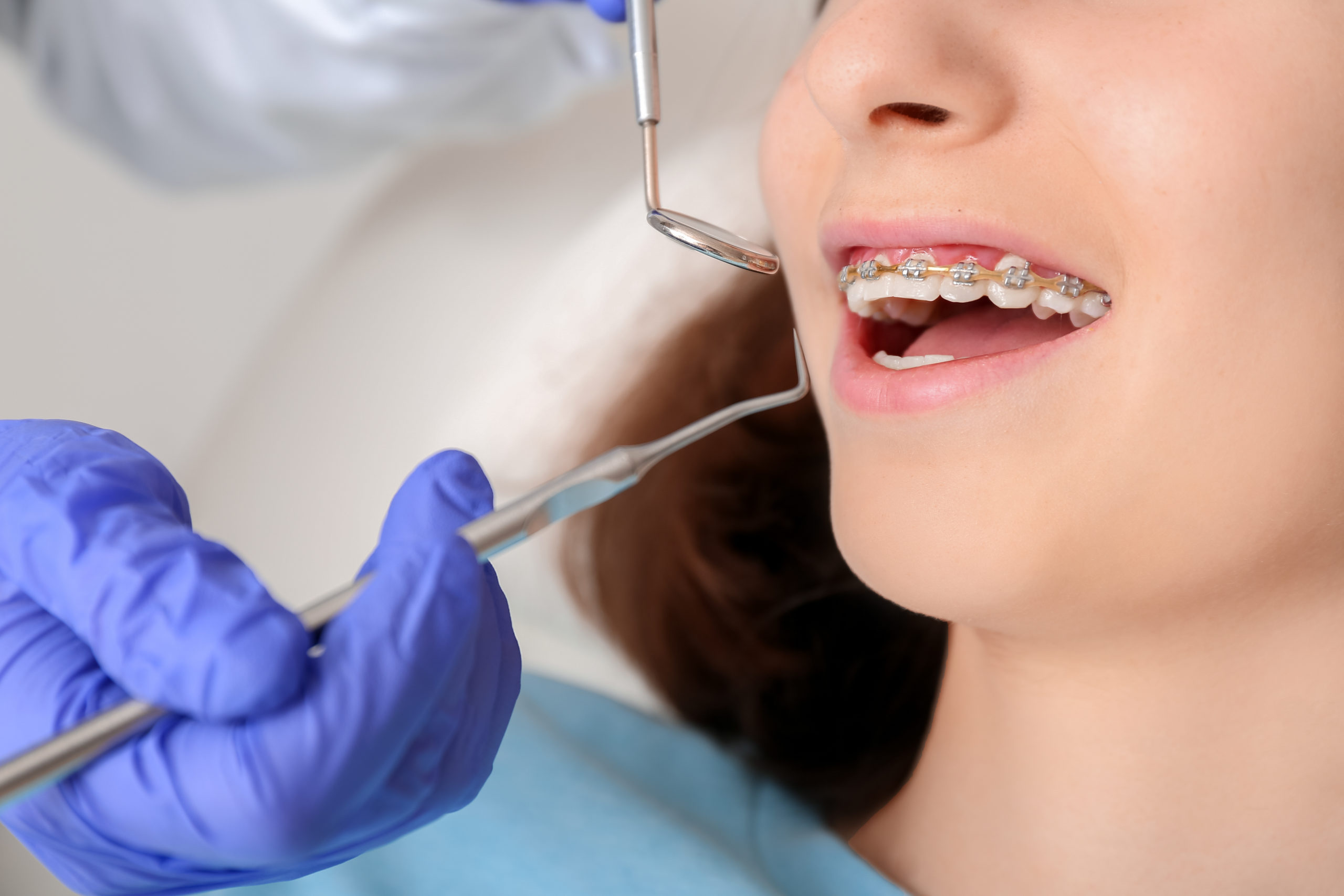Why Cumming Invisalign is the Perfect Option for a Discreet Orthodontic Remedy
Comprehensive Overview to Orthodontics Treatments for Fixing Oral Misalignments
In the realm of orthodontics, the trip to achieving a flawlessly aligned smile involves a myriad of procedures customized to fix oral imbalances. From typical dental braces to undetectable aligners and even medical choices, the field of orthodontics offers a variety of solutions to address varying degrees of dental abnormalities. Comprehending the ins and outs of each treatment, including their systems, advantages, and prospective disadvantages, is vital in making informed decisions regarding one's orthodontic therapy. As we browse with the extensive guide to orthodontic treatments for remedying oral imbalances, the detailed details of each method will unravel, dropping light on the path towards a harmonious and useful oral positioning.
Orthodontic Procedures Introduction

Regular modifications and tracking are essential components of orthodontic therapy to make sure progression is on track and to make any needed adjustments along the method. By undertaking orthodontic procedures, people can not only accomplish a straighter smile however additionally boost their general dental wellness and feature.
Standard Dental Braces: How They Function
When considering orthodontic treatments for oral misalignments, traditional dental braces attract attention as a time-tested approach for fixing teeth positioning. Typical dental braces consist of braces, wires, and bands that work with each other to use constant stress on the teeth, slowly relocating them into the desired placement. The braces are connected to the teeth utilizing a special adhesive, and the cords are threaded with the braces. By adjusting the tension of the cords, orthodontists can control the direction and force put on each tooth, directing them right into correct alignment with time.
As pressure is used to the teeth with the braces, the bone surrounding the teeth is reshaped to support the new tooth placements. People will need normal modifications at the orthodontist's workplace to make certain the braces continue to apply the right stress for effective teeth motion.
Unnoticeable Aligners: Pros and Cons
Unnoticeable aligners offer a hassle-free and very discreet option to typical braces for remedying dental imbalances. These clear, personalized trays are essentially unnoticeable when used, making them an attractive alternative for individuals looking for an extra cosmetically pleasing orthodontic therapy. One of the main benefits of unseen aligners is their removability, permitting less complicated maintenance of dental hygiene contrasted to conventional braces. People can eliminate the aligners prior to consuming or cleaning their teeth, minimizing the threat of food getting stuck in the home appliance and streamlining the cleaning process.

Surgical Orthodontic Options
Surgical bridge dental work interventions in orthodontics existing viable choices for attending to complex oral imbalances that may not be efficiently solved through standard orthodontic treatments. While undetectable aligners and standard braces can remedy many orthodontic issues, specific instances call for surgical intervention to attain optimum outcomes. Surgical orthodontic options are usually advised for severe malocclusions, substantial jaw inconsistencies, and situations where the underlying bone framework requires adjustment to achieve proper alignment.
One usual medical orthodontic procedure is orthognathic surgical procedure, which includes rearranging the jaws to deal with functional concerns such as difficulty talking or chewing. This surgical treatment is typically performed in cooperation with an orthodontist who helps line up the teeth prior to and after the treatment. Surgical orthodontics may additionally entail treatments to subject affected teeth, eliminate excess gum cells, or reshape the jawbone to produce a more harmonious facial profile.
Before taking into consideration surgical orthodontic options, individuals undergo a comprehensive evaluation to figure out the requirement and potential advantages of such treatments. cumming invisalign. While surgery may appear challenging, it can dramatically enhance both the function and visual appeals of the smile in situations where traditional orthodontic treatments fail
Retainers and Post-Treatment Treatment

Post-treatment care includes following the orthodontist's directions diligently. This might consist of correct dental health techniques, attending follow-up visits, and using the retainers as suggested. Failing to abide by post-treatment care instructions can lead to relapse, where the teeth progressively move back towards their original positions. Consistent retainer wear, great oral hygiene, and routine dental examinations are essential for maintaining the results achieved through orthodontic surgical treatment and making certain the lasting security of the corrected dental alignment.
Conclusion
In final thought, orthodontic procedures provide numerous choices for correcting dental misalignments. Surgical orthodontic choices are available for extra serious imbalances. In general, orthodontic procedures can effectively enhance dental health and wellness and visual look.
As we navigate with the detailed overview to orthodontic procedures for remedying dental misalignments, the detailed details of each technique will certainly unravel, dropping light on the course toward a harmonious and useful oral placement. - cumming aligners
One of the most usual orthodontic treatments is the use of dental braces, which are composed of steel brackets and wires that apply mild stress to gradually move teeth right into these details the wanted position.When thinking about orthodontic treatments for oral imbalances, typical braces stand out as a tried and true approach for dealing with teeth positioning. Additionally, undetectable aligners might not be ideal for intricate orthodontic problems that call for even more substantial teeth movement, as they are generally suggested for moderate to moderate situations. Retainers are tailor-made orthodontic gadgets created to hold teeth in their dealt with positions after the completion of orthodontic therapy.